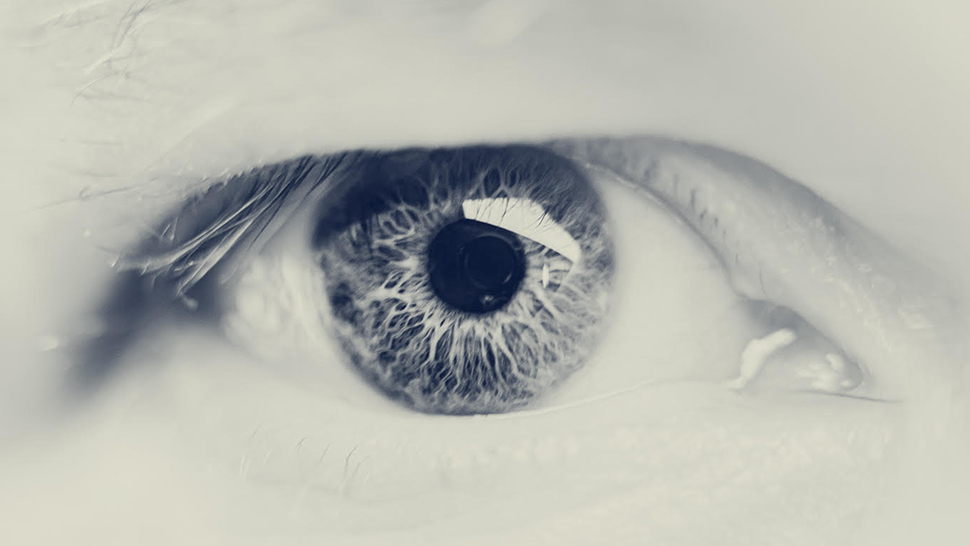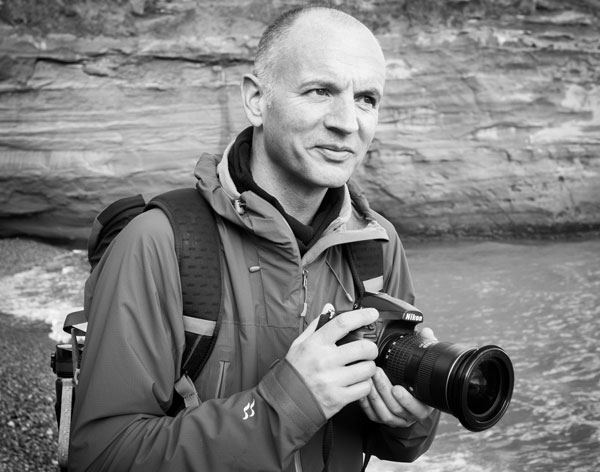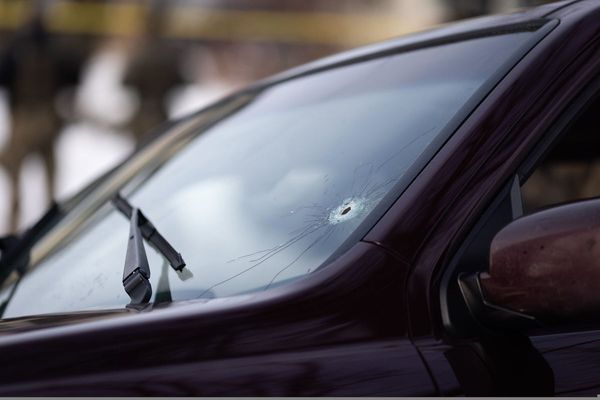

Benedict Brain is a UK-based photographer, journalist and artist. He is an Associate of the Royal Photographic Society and sits on the society’s Distinctions Advisory Panel. He is also a past editor of Digital Camera Magazine, and the author of You Will be Able to Take Great Photos by The End of This Book.
In the ‘Insta-world’ we live in, it feels trivial, self-indulgent and undignified to turn one’s camera on oneself. The age-old tradition of self-portraiture far outdates the superficiality of the modern-day selfie, however, and can be an interesting form of photography in its own right.
During the third Covid-related lockdown, the subjects in my bubble were growing weary of my persistent pestering to pose. So I thought I’d turn the camera on myself and become the subject… I was also putting a workshop together for the Royal Photographic Society on the subject of self-portraiture, so I thought I should give it a go.
When I first started studying photography, the very first workshop I took was about self-portraiture, and it’s always stuck in my mind as a significant photographic ‘event’ in my career. Some of the photographers I most admire, such as Duane Michals, Ralph Eugene Meatyard and Francesca Woodman, have also turned the camera on themselves, or at least looked inward for inspiration. Like them, I’m not so interested in creating a descriptive shot of what I look like: I have plenty of headshots and passport images. I am more interested in a visual exploration of who I am.
I sense this is the start of a long-form project, but in the first instance, I decided to photograph my eyes – perhaps a slightly obvious starting point given that I’m a photographer, but you’ve got to start somewhere, and I like the results. Presenting them as a grid worked well for me, and I engineered it so three eyes were staring directly at the camera, with just one looking out of the frame; the art of looking sideways.
Technically it was a challenge: I was using my medium-format camera with a 63mm lens and extension tube for macro reach. The point of focus was very narrow, and there was a lot of trial and error in getting the focus right.
• Other articles in the Art of Seeing series
Read more:
• The 50 best photographers ever
• 100 best photography quotes from famous photographers
• The best coffee-table books on photography







